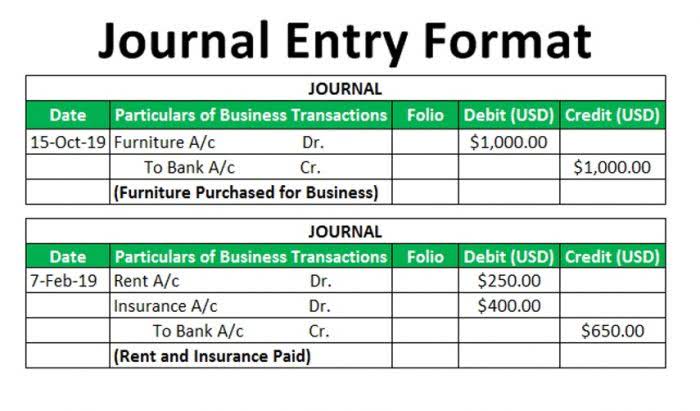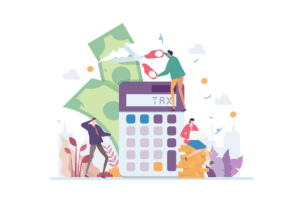
A lower WACC indicates more efficient financing, enhancing profitability and competitiveness. In contrast, the cost of equity represents the expected return required by investors for taking on the risk of holding equity. This is more complex to calculate and often relies on financial models like the Capital Asset Pricing Model (CAPM).
How Much Does It Cost to Start a Business? 11 Startup Expenses to Know
NPV shows them the difference between a company’s cash inflow and outflow. Since a company with a high cost of capital can expect lower proceeds in the long run, investors are likely to see less value in owning a share of that company’s equity. Conversely, an investment whose returns are equal to or lower than the cost of capital indicates that the money is not being spent wisely. That said, a company’s management should challenge its internally generated cost of capital numbers, as they may be so conservative as to deter investment. The firm’s overall cost of capital is based on the weighted average of these costs.
- Whether you’re broke, have a low income, or have bad credit, the steps are all the same.
- Your results will differ depending on whether you use your effective tax rate or marginal tax rate.
- If they expect that returns will be smaller than this number, they will put their money in a different investment.
- A lower WACC indicates more efficient financing, enhancing profitability and competitiveness.
- It won’t solve your debt issue completely, but there is a time and place where debt consolidation makes sense.
Eligibility criteria and documents required for Business Loan
This gives investors an idea of the company’s risk level compared to others, as riskier companies generally have a higher cost of debt. Using the cost of equity has beneficial applications for both investors and businesses. For investors, they can use the cost of equity to determine whether a stock or private investment into a company offers enough of a return Medical Billing Process when compared to the risk. If the expected return is below the cost of equity, then the investment may not be a good opportunity. In general, a company with a high beta—that is, a company with a high degree of risk—will have a higher cost of equity. The capital asset pricing model, however, can be used on any stock, even if the company does not pay dividends.
Cost of Equity

The less interest you can pay to your creditors, the faster you’ll be able to escape your debt. Because the amount you put toward the principal (your balance) snowballs every month. You keep putting the same amount of money toward your debts, even as you pay each one off, increasing the amount that goes toward the principal over interest. With the debt snowball, you start by paying off your debt with the smallest balance, regardless of the interest rate. Your credit report can help you understand how your debt is affecting your credit score. You can see if you have a significant number of late payments or if you have a high credit utilization ratio, meaning you use a large amount of the debt available to you.
How to pay off debt fast: Steps to take now

One important aspect to consider when calculating the cost of debt is the impact of taxes. Since the interest paid on business debt is tax-deductible, the net cost of debt is often expressed as the after-tax cost of debt. This is calculated by multiplying the pre-tax cost of debt by (1 – tax rate). Accounting Periods and Methods The cost of debt can be calculated using different methods, such as the YTM method, the bond-rating method, or the debt-rating method. The bond-rating method and the debt-rating method are simpler, but less precise. They use the average interest rate of the bonds or the debt with the same rating as the company.
How to Calculate and Interpret the Cost of Preferred Stock

The cost of debt is a fundamental concept in corporate finance, affecting a company’s capital structure and financial health by representing the effective interest rate on its debt obligations. Knowing your cost of debt can help you understand what you’re paying for the privilege of having fast access to cash. To calculate your total debt cost, add up all loans, balances on credit cards, and other financing tools your company has. Then, calculate the interest rate expense for each for the year and add those up. Next, divide your total cost of debt interest by your total debt to get your cost of debt.
- Then, allot extra money toward paying down more debt and saving according to your goals.
- Liabilities, on the other hand, are all the financial obligations your business has, including accounts payable and other short-term debts.
- Middle Eastern nations are also flirting with a debt crisis, and the worldwide debt balance will likely trend upwards in the coming years, according to International Monetary Fund economists.
- Firms often use it as a capital budgeting threshold for the required rate of return.
- It is crucial for businesses and investors to understand the cost of debt, as it plays a significant role in determining a company’s capital structure, valuation, and overall financial health.
- Also, be sure your primary employer is on board with you taking on part-time work.
Salesforce Current Yield Example
The after-tax cost of debt is lower than the pre-tax cost of debt. For example, let’s say your friend offers you a $1,000 loan at 10% interest, and your company’s tax rate is 40%. A mix of debt and equity capital provides businesses with the money they need to maintain their day-to-day operations. Lenders require that borrowers pay back the principal amount of debt plus interest. The interest rate, or yield, demanded by creditors is the cost of debt.

This formula helps them determine how much they are paying to borrow money and understand what percentage of their capital cost comes from loans and bonds. The cost of debt is the effective interest rate a company pays on its debt. It influences the Weighted Average Cost of Capital (WACC) and, consequently, investment and valuation decisions. Factors such as creditworthiness, market conditions, industry risks, debt terms, and regulatory changes dynamically impact the cost of debt. The synthetic debt rating approach offers an innovative methodology for estimating a company’s cost of debt, particularly useful in scenarios where an explicit credit rating is unavailable. The purpose of WACC is to determine the cost of each part of the company’s capital structure based on the proportion of equity, debt and preferred stock it has.